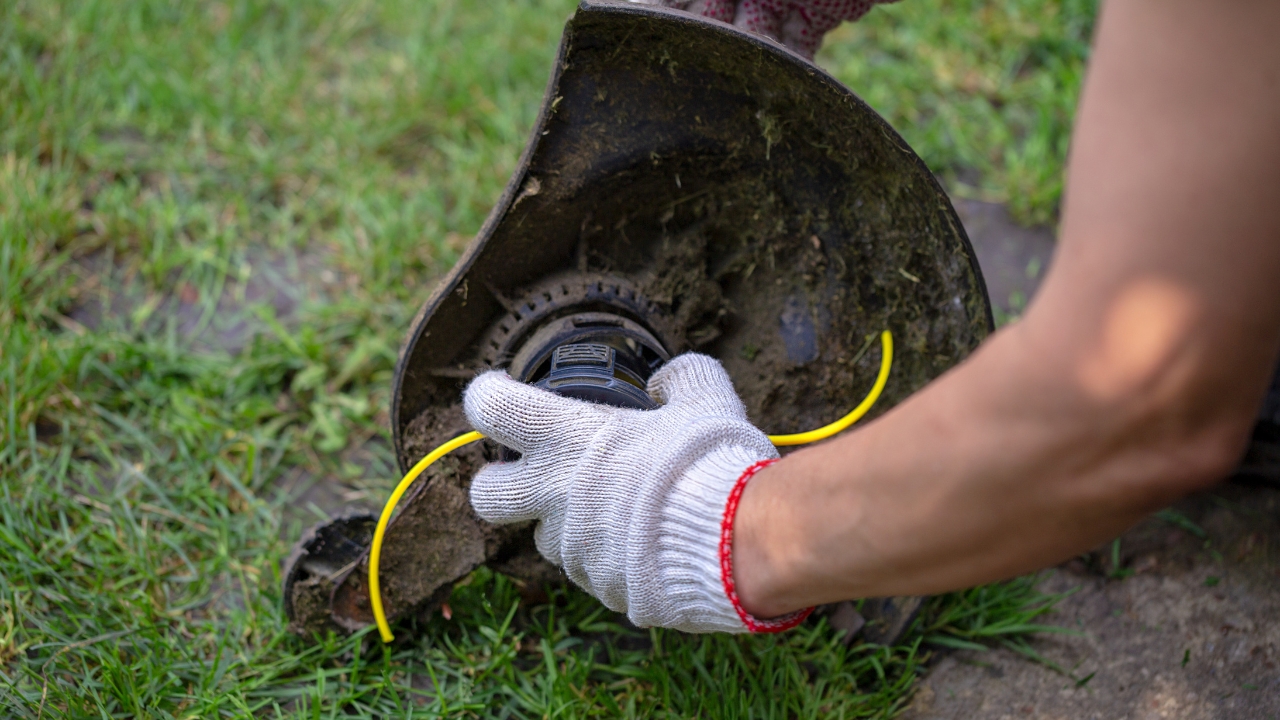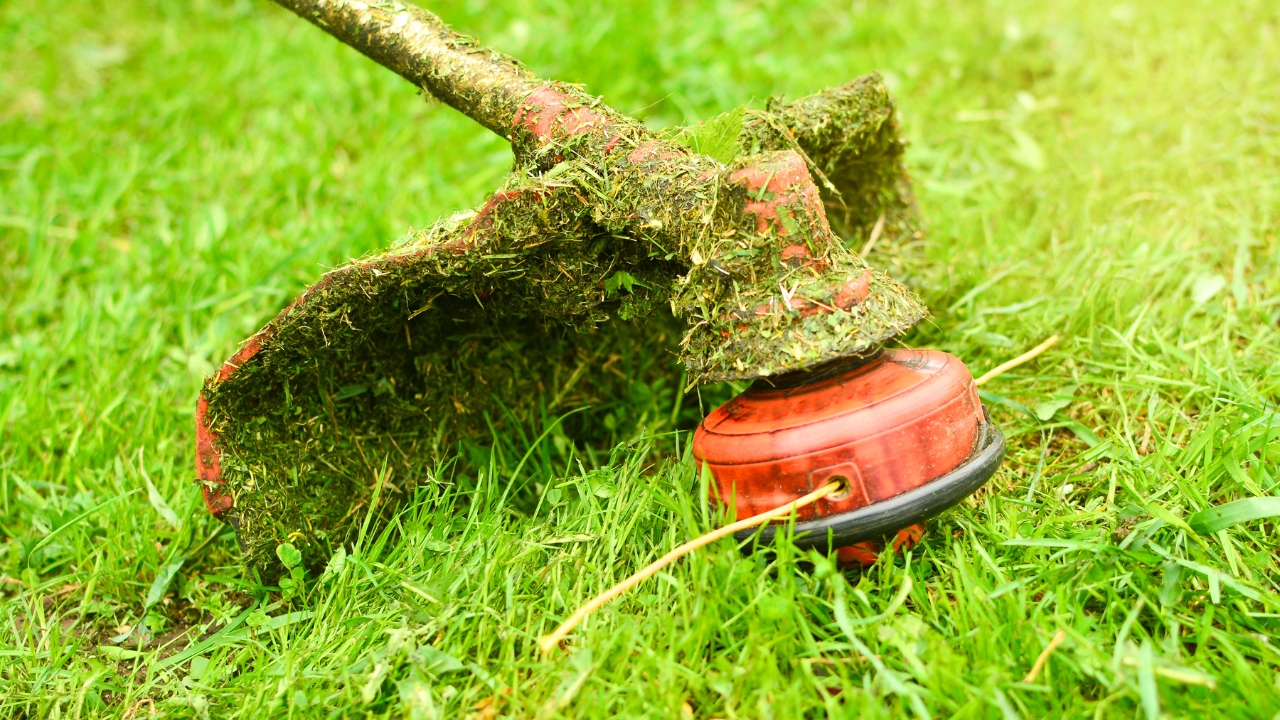10 Things You’re Doing to Your Trimmer That Don’t Help
You might think you’re taking good care of your trimmer, but some habits that seem helpful are actually making it less effective—or shortening its life. Whether it’s how you load the string, how you run it, or how you store it, a few small mistakes can cause unnecessary wear or leave your yard looking rough.
If your trimmer feels underpowered, chews through line too fast, or just doesn’t seem to be doing the job like it used to, this list might explain why.
Bumping the Head Too Often

If you’re constantly smacking the trimmer head to feed more line, you’re probably wasting string and stressing the spool. Most bump-feed heads don’t need to be hit more than once every few feet.
Instead, wait until the string actually shortens before tapping. And make sure you’re doing it on a flat surface. Bumping on concrete or rocks can wear the head out faster than anything.
Using the Wrong Trimmer Line

Not all trimmer line is created equal. If you’re using line that’s too thick, too thin, or not made for your trimmer, you’re asking for performance issues.
Check your manual and match the diameter to what’s recommended. Thicker line isn’t always better—it can strain the motor and wear the head out faster than necessary.
Running It at Full Throttle All the Time

You don’t need full power for every section of the yard. Constant high-speed trimming burns through string faster, stresses the engine, and makes it harder to get a clean edge.
Use higher throttle for thick weeds or overgrown edges, and ease off for lighter jobs. It saves fuel, string, and wear on the engine.
Cutting Too Low

Trying to edge down to dirt or trim grass to nothing can dull your line, scar up your yard, and even damage the shaft if you’re not careful.
Keep the line level with the grass and avoid digging in. A smooth glide does more for a neat look than carving a trench along the driveway.
Ignoring the Air Filter

A clogged or dirty air filter makes your trimmer struggle. It affects performance and can make the engine run hot or stall, especially in hotter months.
Pop the cover and check it regularly. If it looks dirty or packed with debris, clean it or swap it out. It’s a quick fix that can make a big difference.
Wrapping the Line Too Tight on the Spool

It might feel efficient to wind your trimmer line tight and neat, but too tight can cause binding and feeding issues when you start using it.
Wind it snug, but not overly tight. Keep it even, and avoid crossing layers. That way, it feeds smoothly when you bump the head and doesn’t tangle mid-job.
Letting Wet Grass Build Up Around the Head

Trimming wet grass leads to heavy clumps around the head, which throws the balance off and can slow down the motor.
Try to wait for grass to dry before trimming. If that’s not an option, clean off the head frequently during use. A quick knock against your boot can save you a lot of vibration and mess later.
Storing It With Fuel Inside

Leaving fuel in the tank, especially for weeks or months, causes gumming and carburetor issues. That stale gas can clog things up and make starting the trimmer way harder later.
Run it dry or use a fuel stabilizer if you’re not using it for a while. At the very least, don’t let old fuel sit in the tank over winter.
Using Regular Gas Without Stabilizer

Gas goes bad faster than people think. If you’re not running through it in a couple weeks, your trimmer could suffer for it. Ethanol can gum up the carb and mess with small engines.
Use fresh gas or switch to ethanol-free. And if it’ll sit more than a few weeks, add stabilizer. It helps avoid hard starts, sputtering, and long-term damage.
Holding It at the Wrong Angle

If your trimmer feels awkward or the string keeps hitting the wrong spot, your angle might be off. Holding it too flat can scalp the grass, while holding it too vertical makes edging inconsistent.
Adjust the angle to match the job—level for trimming, slightly tilted for edging. And don’t be afraid to use the guard as a guide when you need it.
*This article was developed with AI-powered tools and has been carefully reviewed by our editors.







